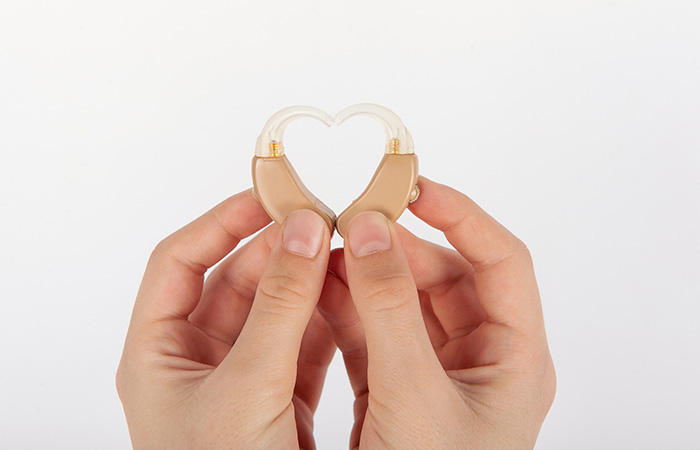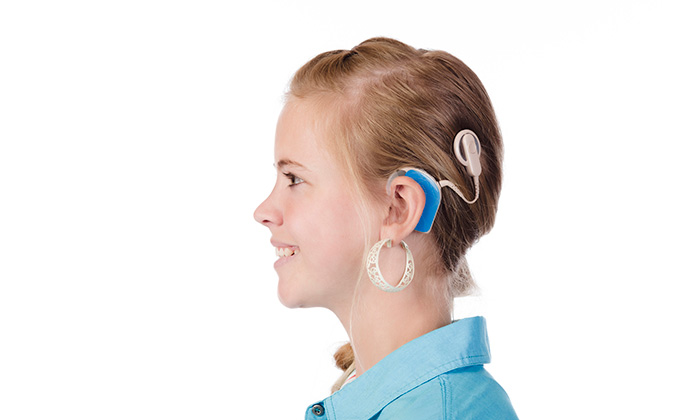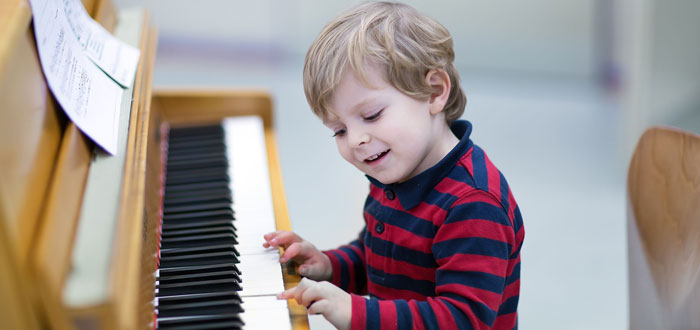
When asked about the most important of our senses, and the worst to lose, vision might come to mind. But on reflecting a little, hearing loss, especially one that occurs in childhood can be way more devastating.
It doesn’t just prevent a child from hearing, but can have a profound impact on their language and their ability to speak. Luckily, we have access to technology that helps not just diagnose hearing loss as early in a child’s life as possible, but also treat it and prevent its consequences.
Treating Childhood Hearing Loss

The treatment for childhood hearing loss depends on its cause and severity.
There are cases of hearing loss in children that occur because of a problem in the outer or middle ear and can be treated with antibiotics to clear up the infection inside the ear or by cleaning out the ear canals. They might also need surgery to repair the damage in the eardrum or the bones in the middle ear or to place a tube in the ear to allow fluid inside the middle ear to dry up.
Many children who have trouble hearing have some amount of hearing left, known as residual hearing. The use of technology does not cure the hearing loss, but helps the child make the most of his residual hearing. The options that these kids have are:
- Hearing aids
- Cochlear or brainstem implants
- Bone-anchored hearing aids
Hearing Aids

Hearing aids amplify sounds and make them louder.
They have improved drastically in the last few years and children can be fitted with them even during the first few weeks of life. They help babies with hearing loss understand sounds better, giving them a better chance to learn speech and language at the right age.
There are many styles of hearing aids that help with different types of hearing loss. Digital hearing aids use a computer chip to analyze sound and filter out background noise and some can be programmed to meet an individual’s unique needs.
Small children are usually given behind-the-ear hearing aids as they are better suited for growing ears.
Cochlear and Auditory Brainstem Implants

Some children are afflicted with a hearing loss so complete or profound that hearing aids cannot help them. What might benefit them is a cochlear implant. This surgically implanted device sends sound signals from an external hearing aid directly to the auditory nerve. While it does not ‘cure’ hearing loss, it helps children and adults with profound or complete hearing loss, experience sound.
There are a few children whose profound hearing loss is the result of an absent or a very tiny auditory nerve, or severely abnormal cochlea (a fluid-filled organ in the inner ear). They may not benefit from a cochlear implant and may need what is called a brainstem implant. This implant stimulates the hearing pathways in the brainstem, bypassing the inner ear and even the auditory nerve.
Both these implants have two main parts – a part that is placed inside the inner ear, cochlea or at the base of the brain and a part that is worn outside the ear after surgery. The parts outside capture sounds and send them to the parts under the skin.
These implants can be life-changing for children who have profound hearing loss and give them an opportunity to develop speech and language skills protecting them from the devastating consequences of profound hearing loss at an age so critical to speech and language development.
Bone-Anchored Hearing Aids
These type of hearing aids can be an option for children who have either conductive, mixed or unilateral hearing loss. Or for children who cannot wear ‘in the ear’ or ‘behind the ear’ hearing aids.
Early Diagnosis Is Critical
The key to minimizing damage in young children is an early diagnosis and with the advances made in technology, babies even a few hours old are able to undergo screening for hearing loss. This holds true for uncooperative children as well.
If you are even remotely concerned that your child may not be responding to sound or speech or is not reaching his normal language development milestones, do not wait. Your child might be losing critical language time.
It’s like having a house on fire. There’s just no time to lose.









